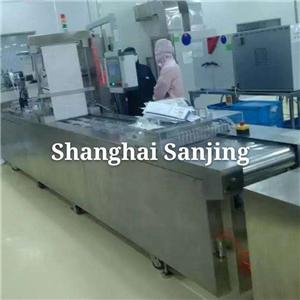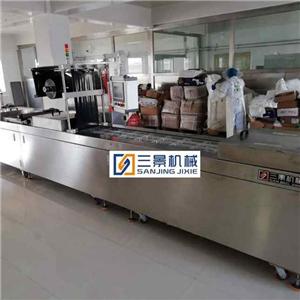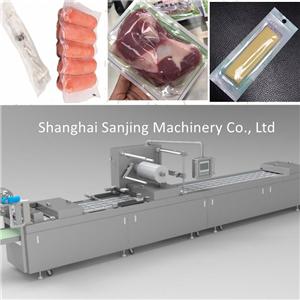Transportation method of fresh food
Generally speaking, there are four main logistics transportation methods in the fresh food industry, namely road transportation, rail transportation, water transportation and air transportation. Fresh food provides consumers with fresh fresh food from all over the world through these four logistics transportation methods . These four logistics transportation methods also have their own characteristics. When choosing a logistics transportation method, we must combine the characteristics of the fresh products and the company's cost to make the most suitable choice.
Road transportation
Road transportation is one of the most commonly used transportation methods in the fresh food industry. It is mainly used for the distribution of short-distance goods. There are certain shortcomings in road transportation, such as safety and timeliness, but it also has many advantages. Road transportation mainly has the following advantages:
1. All-in-one integrated service: Road transportation can realize "door-to-door" one-stop service, can reach the destination quickly and timely, can save many intermediate links, save costs, and reduce the loss of fresh food during transportation. This mode of transportation can not only improve efficiency, but also ensure the safety of the goods.
2. Broader network coverage: Compared with rail transportation and air transportation, the network coverage of highways is larger, which provides considerable conditions for "door-to-door" services and can also transmit information in a timely manner.
3. Strong flexibility: Road transport is highly controllable, less affected by weather uncontrollable factors, and has greater flexibility.
4. Low price: Road transportation is significantly cheaper than air transportation, and the investment is relatively small, the return is fast, and the technical threshold is relatively low, which can help save costs.
Railway transportation
Railway transportation mainly uses trains as the main means of transportation, and transports fresh food through railway transportation. The biggest problem of railway transportation is that the mobility is relatively poor, and the initial investment will be relatively large. Its advantages are:
1. The accuracy and continuity of railway transportation is relatively strong, and it is almost immune to climate factors.
2. The speed of rail transportation is relatively fast, and the transportation volume is relatively large. A lot of fresh food can be transported at one time.
3. Railway transportation costs are low, transportation is safe and reliable, and risks are small.
Water transportation
Water transportation mainly takes the form of ships, and transports fresh goods through rivers, rivers, seas and lakes. Its biggest disadvantage is that the speed of sea transportation is relatively slow, and the timeliness of fresh food is relatively short, so the transportation risk is relatively large. Its advantages are:
1. The volume of water transportation is large, which is more suitable for the transportation of bulk goods.
2. The accessibility of water transportation is good.
3. The freight of water transportation is relatively low, and the adaptability to the goods is strong.
Air transportation
Air transportation is generally a form of aircraft or other aircraft as a means of transportation. The disadvantage of air transportation is that the transportation volume is small and the transportation cost is high, so it is generally suitable for valuables or urgently needed medicines. The advantages of air transportation mainly include the following:
1. Fast air transportation
2. Air transportation is highly safe and can guarantee the safety of fresh goods.
3. The procedures for air transportation are relatively simple.




